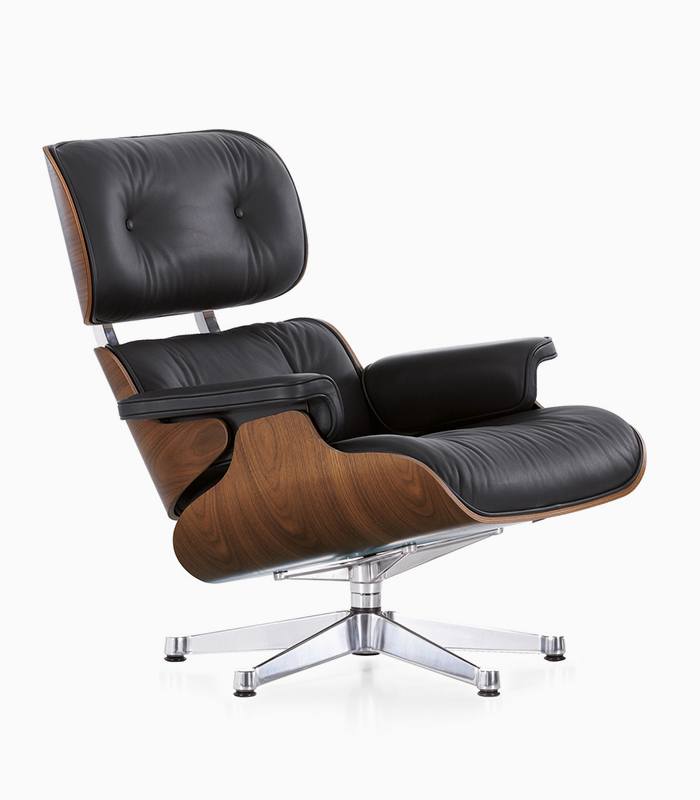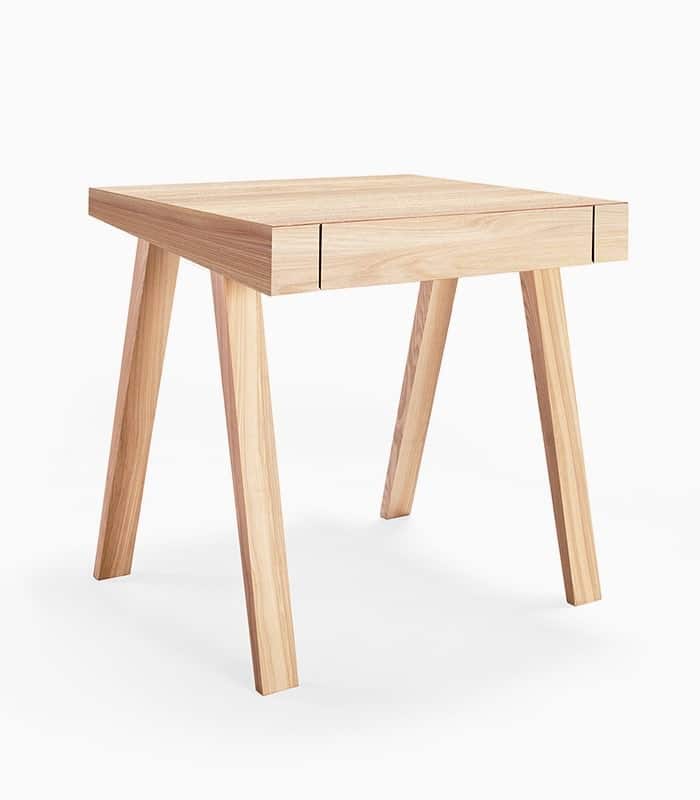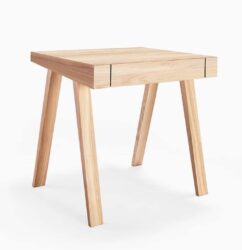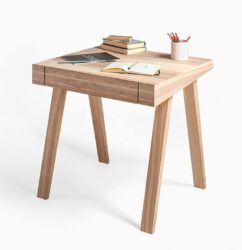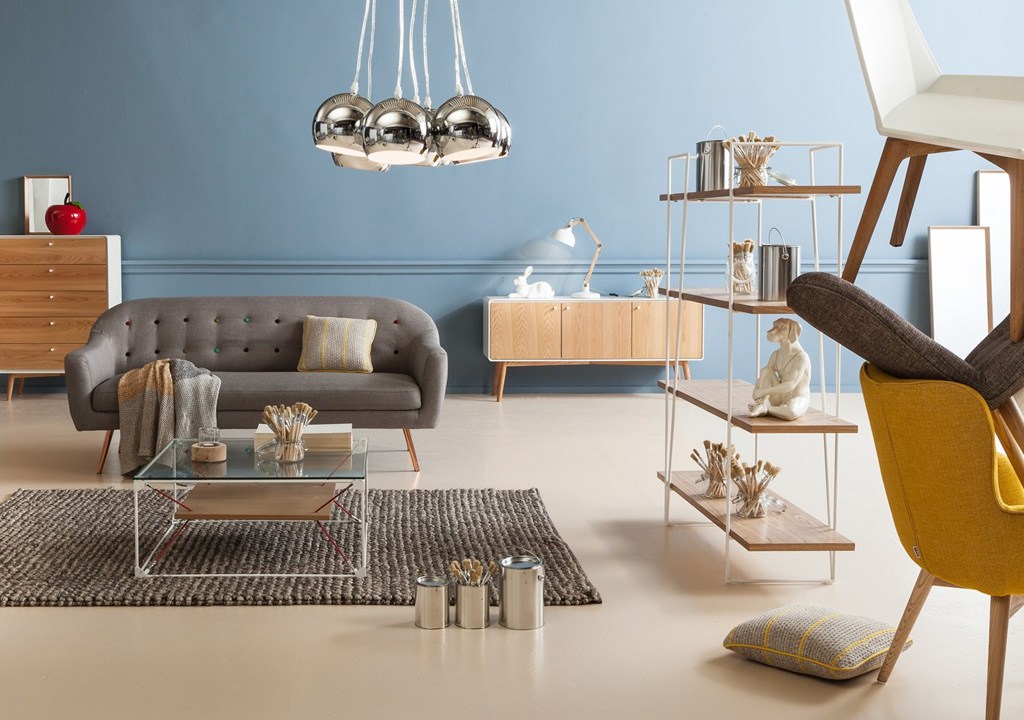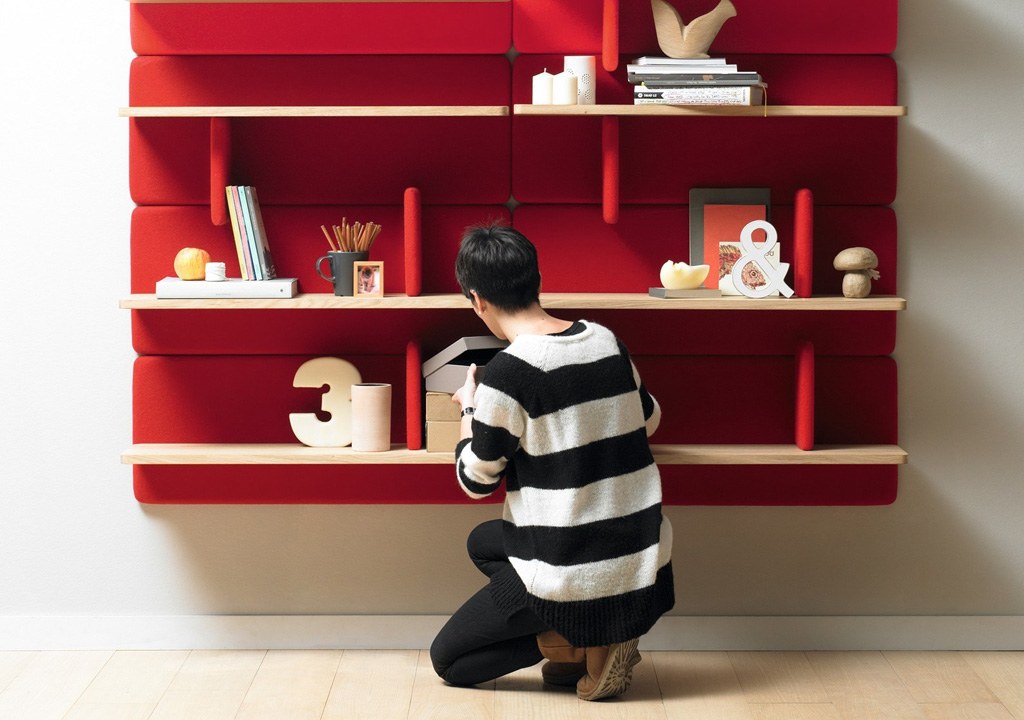Minimalist Japanese-inspired furniture

In our often-dynamic and bustling world, creating a home that offers tranquility and a sense of calm becomes paramount. Minimalist Japanese-inspired furniture provides a perfect antidote, offering a serene and functional aesthetic that resonates with a desire for simplicity and inner peace.
This design philosophy, deeply rooted in Zen Buddhism and traditional Japanese craftsmanship, emphasizes clean lines, natural materials, and the beauty of negative space. It's about creating an environment that is both aesthetically pleasing and conducive to a mindful and uncluttered lifestyle – a welcome sanctuary from the demands of daily life.
The Essence of Minimalist Japanese-Inspired Design:
At its core, this style prioritizes functionality and the inherent beauty of natural elements. Key characteristics include:
- Clean and Uncluttered Lines: Furniture pieces feature simple, straight lines and avoid unnecessary ornamentation. The focus is on pure form and function.
- Natural Materials: Wood, particularly light-toned varieties like cedar, bamboo, and ash, are central. Natural fibers like cotton, linen, and tatami mats also play a significant role, connecting the interior with the earth.
- Low-Profile Silhouettes: Furniture often sits low to the ground, fostering a sense of groundedness and spaciousness. Think low platform beds, floor cushions, and low tables.
- Emphasis on Negative Space (Ma): Empty space is not seen as wasted but as an integral part of the design, allowing the eye to rest and highlighting the beauty of individual objects.
- Sliding Doors and Screens (Shoji): These traditional elements offer flexibility in defining spaces and allow for diffused natural light, creating a soft and serene ambiance. The concept of flexible space division can be adapted to various home layouts.
- Neutral Color Palette: A predominantly neutral palette of whites, creams, grays, and natural wood tones creates a calming and harmonious atmosphere. Accents of natural greens or muted blues may be introduced sparingly.
- Functionality and Efficiency: Every piece of furniture serves a purpose, and multi-functional items are highly valued, especially in smaller living spaces.
Bringing Japanese-Inspired Minimalism to Your Home:
Adapting this aesthetic to any home requires thoughtful consideration of the local climate and lifestyle:
- Light and Ventilation: Embrace natural light with large, unadorned windows. Opt for breathable fabrics to maintain a comfortable atmosphere. Consider strategies to maximize airflow.
- Natural Materials that Breathe: Choose furniture made from wood or sustainable alternatives. Rattan and bamboo accents can add a touch of natural flair while staying true to the aesthetic.
- Decluttering is Key: The foundation of minimalism is a clutter-free environment. Prioritize storage solutions that keep items out of sight, maintaining the clean and serene atmosphere. Consider built-in storage or multi-functional furniture with hidden compartments.
- Adapt Low-Profile Elements: While fully committing to floor-level living might not suit everyone, incorporating low coffee tables, platform bed frames, or even comfortable floor cushions for occasional seating can capture the essence of the style.
- Introduce Natural Textures: Layer different natural textures through rugs, cushions, and throws to add warmth and visual interest to the neutral palette. Think woven rugs, linen throws, and textured cotton cushions.
- Mindful Decor: Select a few meaningful and well-chosen decorative items rather than numerous trinkets. A simple ceramic vase, a carefully arranged floral display, or a piece of calligraphy can add personality without disrupting the minimalist ethos.
- Indoor Greenery: Plants are a welcome addition, bringing a touch of nature indoors and enhancing the sense of tranquility. Choose species that thrive in your environment.
Finding Your Minimalist Haven:
Creating a minimalist Japanese-inspired home is about more than just furniture; it's about cultivating a mindset of simplicity and intention. By embracing clean lines, natural materials, and a focus on functionality, you can transform your living space into a peaceful retreat that offers a welcome respite from the demands of daily life. Look for furniture pieces that prioritize quality over quantity, celebrate natural textures, and contribute to an overall sense of calm and harmony. This serene aesthetic can be your personal sanctuary, wherever you may be









